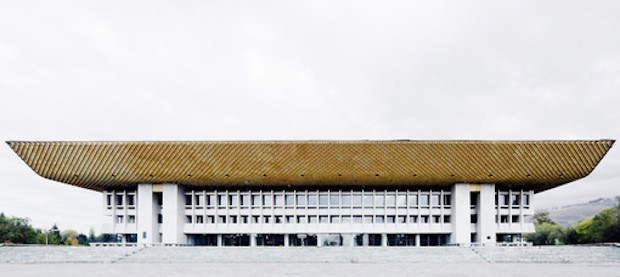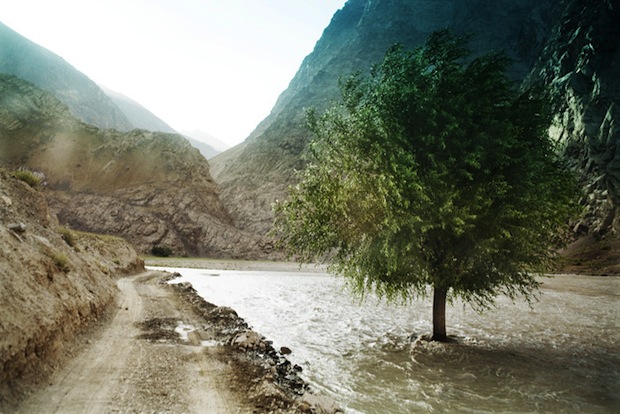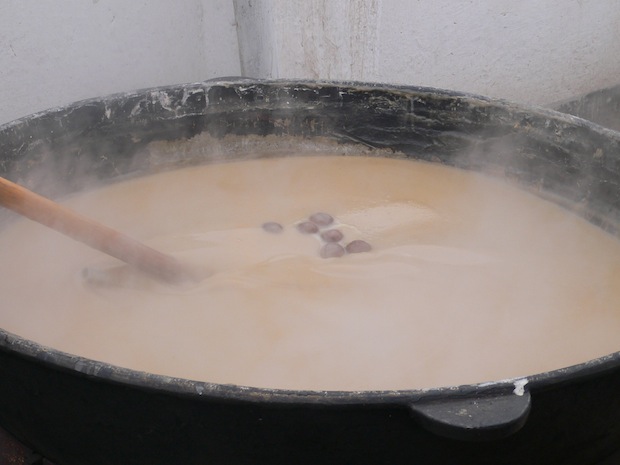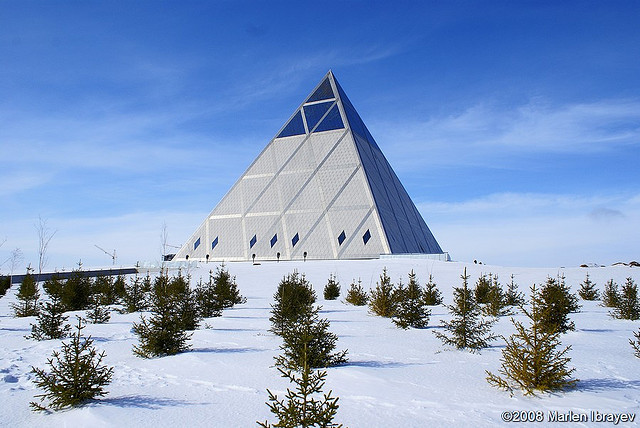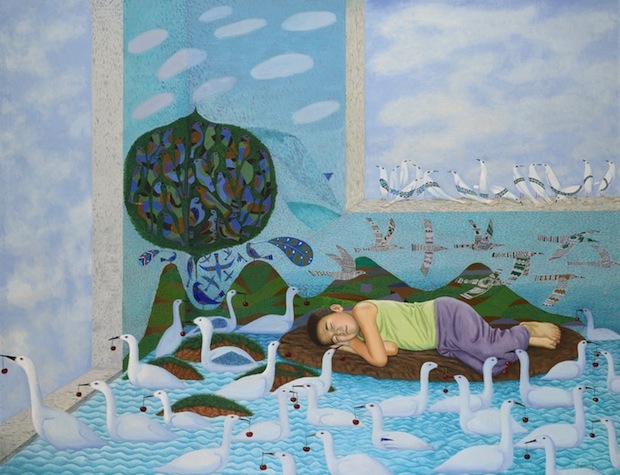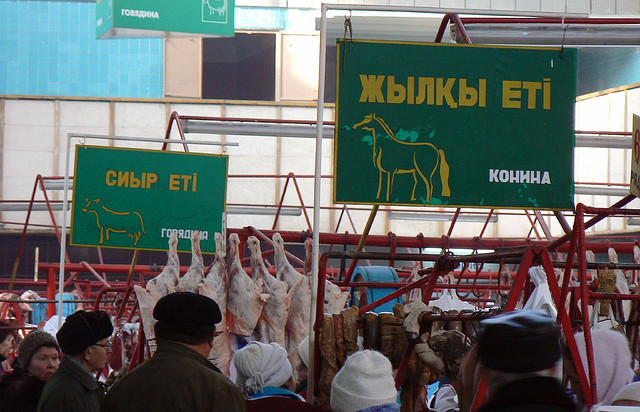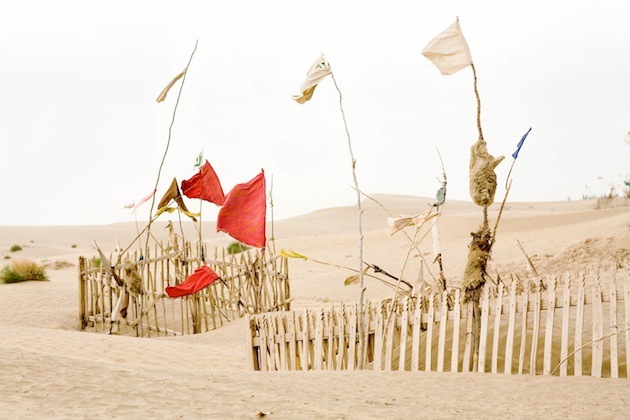
Created over a series of journeys to China’s Xinjiang region, photographer Lisa Ross captures a kaleidoscope of spiritual energy in her exhibit ‘Living Shrines of Uyghur China,’ which shows through July 8 at the Rubin Museum of Art in New York City. Ross’s series of vibrant images juxtaposes airy Islamic holy sites, called mazars, against Xinjiang’s stark desert landscape. A number of the mazars, which honor the lives of Muslim saints, have been maintained for hundreds of years. With some shrines almost psychedelic in appearance, Ross adeptly channels the vivacity of Uyghur culture without featuring a single human being in her photographs. Her serene portraits illustrate the harmonious intersection of religion, nature and this graceful and austere form of architecture.
